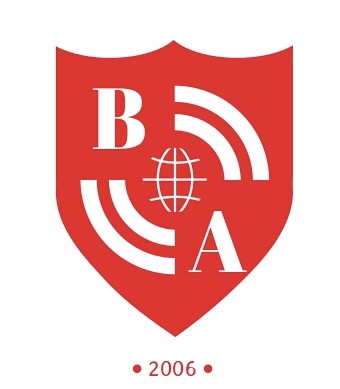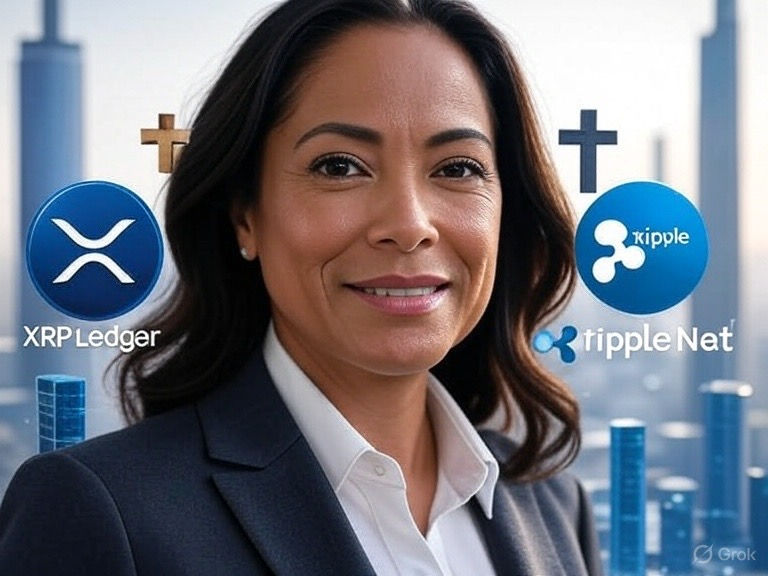NFTs in the REAL WORLD (Part 4)
- Business Anthropology

- Oct 12, 2022
- 6 min read

NFTs can be used to tokenize non-digital items. Anything you buy could be accompanied by an NFT that acts as a deed or digital receipt or certificate of authenticity. You could theoretically use Bitcoin to buy a car or house and receive a tokenized digital asset to represent and authenticate that ownership. In the future, a person’s crypto wallet could be used to access all of their assets. Moving custodial ownership records of physical items onto a blockchain could also create further opportunities to trade them on a global market.
Several fashion houses have been testing the waters utilizing NFTs. Dolce & Gabbana sold a limited collection of fashion items and NFTs called Collezione Genesi for $5.6 million. Each fashion item came with an accompanying NFT. In years to come, every physical item you buy could have a virtual counterpart to use online; hence helping to even authenticate items.
The ticketing and merchandise secondary markets are full of fakes. NFTs remove any chance that these have been forged. NFTs also create opportunities for artists and event organizers to sell tickets directly to fans and receive adequate payment for hosting events. Reselling authentic tickets and merchandise would be easy for fans on decentralized NFT marketplaces. These tickets could even be emblazoned with artwork and become collectible items themselves (imagine if Woodstock had NFTs or the 1st Nirvana Album was a limited run). You could use your unique NFT to gain access to drinks, snacks and other physical items included in the ticket price. A ticket could admit owners to a DAO for a concert? This gives owners shares to that concert, for which they might make money.
The immutability of an NFT could be used to improve the efficiency of supply chains. An NFT could be used to track every detail about a product’s origins, destination, storage information, and movement all the way to the end-user. Smart contracts can include royalties. This means the original creator of an NFT receives a percentage of an NFT’s sale when it’s transferred from one secondary owner to the next. This creates passive income for artists and content creators, and could potentially help industries with top-heavy structures.
The music industry, for example, sees a large percentage of the creators’ profits taken by record labels, streaming platforms, music pirates, and various other third parties.
Smart contracts are unchangeable and easily traceable, which means the creator of an NFT can always receive a share of their stake in future transactions. However, the immutability of an NFT smart contract could also cause issues regarding creators’ royalties. Artists and companies can renegotiate contractual terms in real life if they don’t reflect fair value. This isn’t an option in NFTs. Royalties are non-negotiable once minted in an NFT smart contract, which could lead to disputes and a bad deal for either party further down the line.
NFTs have great potential for the creative industries. Royalties are one feature of smart contracts that can create passive income for creators. NFTs remove the need for a middle-person (such as a distributor) who takes a substantial cut of profits. Creatives sell NFTs that contain their content directly to fans. This allows creators to retain the commercial rights and profitability of their material. As we’ve mentioned, various musicians, artists and even celebrities are beginning to monetize their work through the NFT medium for this very reason. Artists which much smaller and intimate fan bases are making more money than those using Spotify to Soundcloud.
NFT gaming is currently one of the most developed uses of NFTs. NFTs represent receipts for ownership of in-game items, like in-game wearables and downloadable content. This could mean in-game items are tradeable on a free market and potentially usable across different platforms, mediums and games. A lot of work needs to be done before items are usable across multiple virtual spaces, but this is the vision of NFT gaming. Items you collect in a game remain yours if they are NFTs, even when that game is no longer supported by its developers. Rare in-game items could become collectible forms of virtual memorabilia that could be sold at a later date.
Some NFT games (such as Axie Infinity) are play-to-earn. As these titles are built on the Ethereum blockchain, players can receive payment in the form of NFTs. Through a process known as staking, these games reward players for putting in the work of playing. Opinions on the NFT gaming space are divided. Supporters believe blockchain technology is the future of gaming, while critics think games like Axie Infinity are exploitative. It’s easy to understand this view when NFTs of in-game items are selling for six-figure sums. Fans don’t want to be financially locked out of their favorite games. It’s also currently impossible to port in-game content across multiple different games. How do you share assets across games that are built on different engines, and don’t share the same art style? This is a challenge for developers with no clear solution.
DeFi companies are using NFTs as collateral in decentralized loans. You may need to collateralize crypto coins in your possession if you want to borrow cryptocurrency. However, this can be so expensive that many people cannot afford DeFi loans. DeFi institutions are now accepting NFTs as collateral instead (if they hold any value).
Ethereum has a naming service for resources like Ethereum-based wallet addresses and websites. It does much the same thing as the Domain Name System. ENS shortens the names of addresses to make them more memorable. Unlike DNS it does this by presenting the address as an NFT. ENS means each address is unique and it also makes trading crypto addresses easy. ENS could be one of the major naming systems in years to come. That it’s also decentralized means it’s not influenced by profit-margin decisions like some industry competitors.
Instead of having a single owner, some NFTs can have several owners at once. Someone who has minted an NFT can effectively sell shares in that asset. Fractional ownership allows you to co-own something with a bunch of other people. That’s great if you want to be a part of something you can’t afford, like owning a collectible artwork. It also means you can make money from your interests. Music artist 3LAU’s platform Royal allows users to buy a stake in their favorite music. This means fans can earn royalties from their favorite songs and feel part of an artist’s success. As an artist’s popularity increases, so do the royalties generated for that fan.
Social tokens represent an exciting future for online and real-world communities. Social-token NFTs are contracts between creators and token holders that allow a holder to receive special benefits, such as unique content, early access, and other perks. Social tokens can even function like blockchain stocks. Holders can have more control and ownership over an online community they love and tokens can be traded.
The Porini Foundation partnered with the International Union for Conservation of Nature (IUCN) and Nature Seychelles in July 2021 to help protect endangered birds in the Seychelles Islands. The foundation created an NFT for each one of 59 endangered magpies that live in Seychelles. By purchasing these tokenized collectibles, buyers were actively investing in the preservation of the endangered species. The Porini Foundation’s project was the first use of NFTs for conservation. Are NFTs the future of digital property? Or do they represent a fad that’s both dangerous for investors and devastating for the environment? Only time will tell. NFTs are in a state of infancy and largely only being used as "digital art." What can be said is they’re a risky investment that has paid off very well for many. The users that do the best are those who research projects, get in from day one, and flip them immediately for a profit; or buy NFT early generation horses to racecars in games that are soon to be very well known/already established in small circles.
However optimistic you are about their future, NFTs are undoubtedly gaining popularity within niche industries like digital art and collectibles. How could NFTs grow beyond these applications to integrate with big business, finance and concepts like the metaverse? This is called "NFTs As A Solution."
We’re already seeing huge brands like Twitter release NFTs. More brands could follow, as NFTs continue to move into mainstream focus and companies seek new, engaging touchpoints with fans. One example would be rewarding fans with branded events, redeemable via unlockable content in NFTs. Another would be to allow individuals who own NFTs to have that likeness utilized on Shopify to Amazon to Walmart products and collect royalties from products purchased with said likeness. (A solution proposed by Business Anthropology numerous times.)
If crypto continues to become more widely adopted, the market for NFTs will likely expand with it. NFTs could well become a part of everyday life, used to represent a diverse range of assets in ways we can’t yet imagine. If you enjoyed this 4 Part Series, let Business Anthropology know and we will expand upon it.



Comments